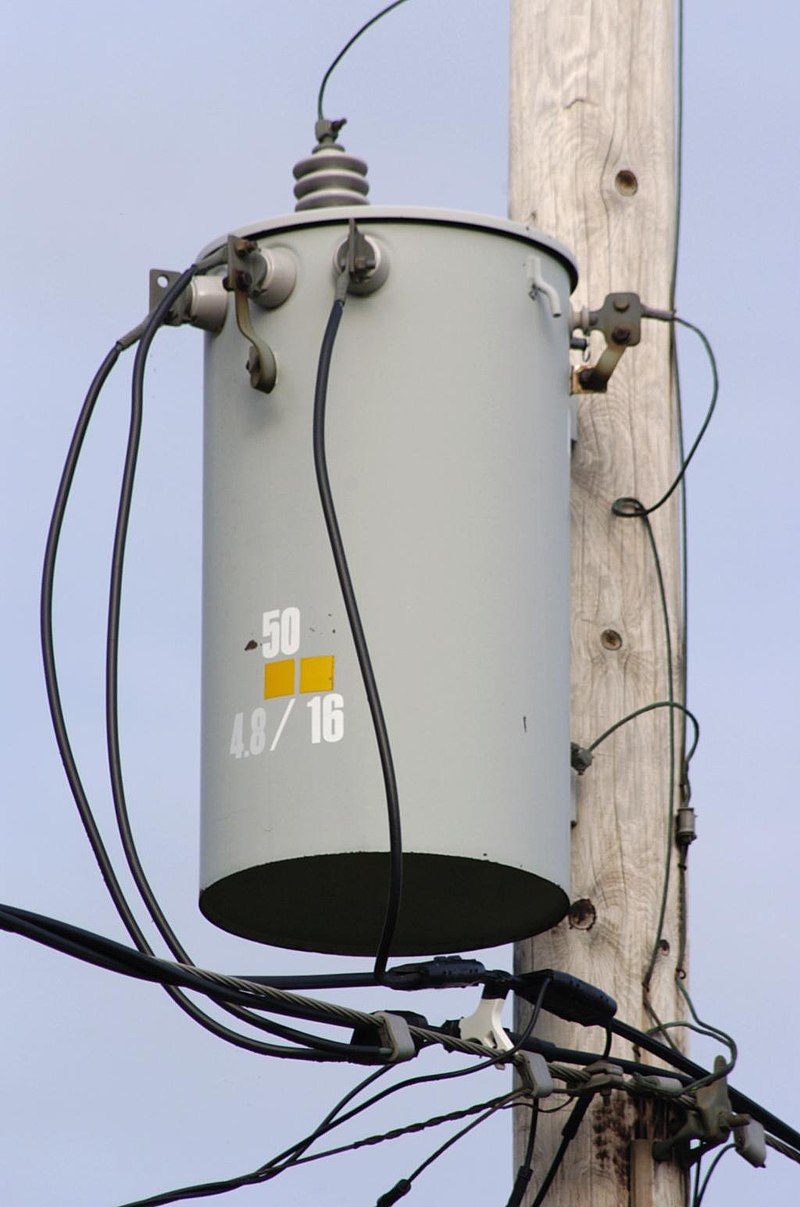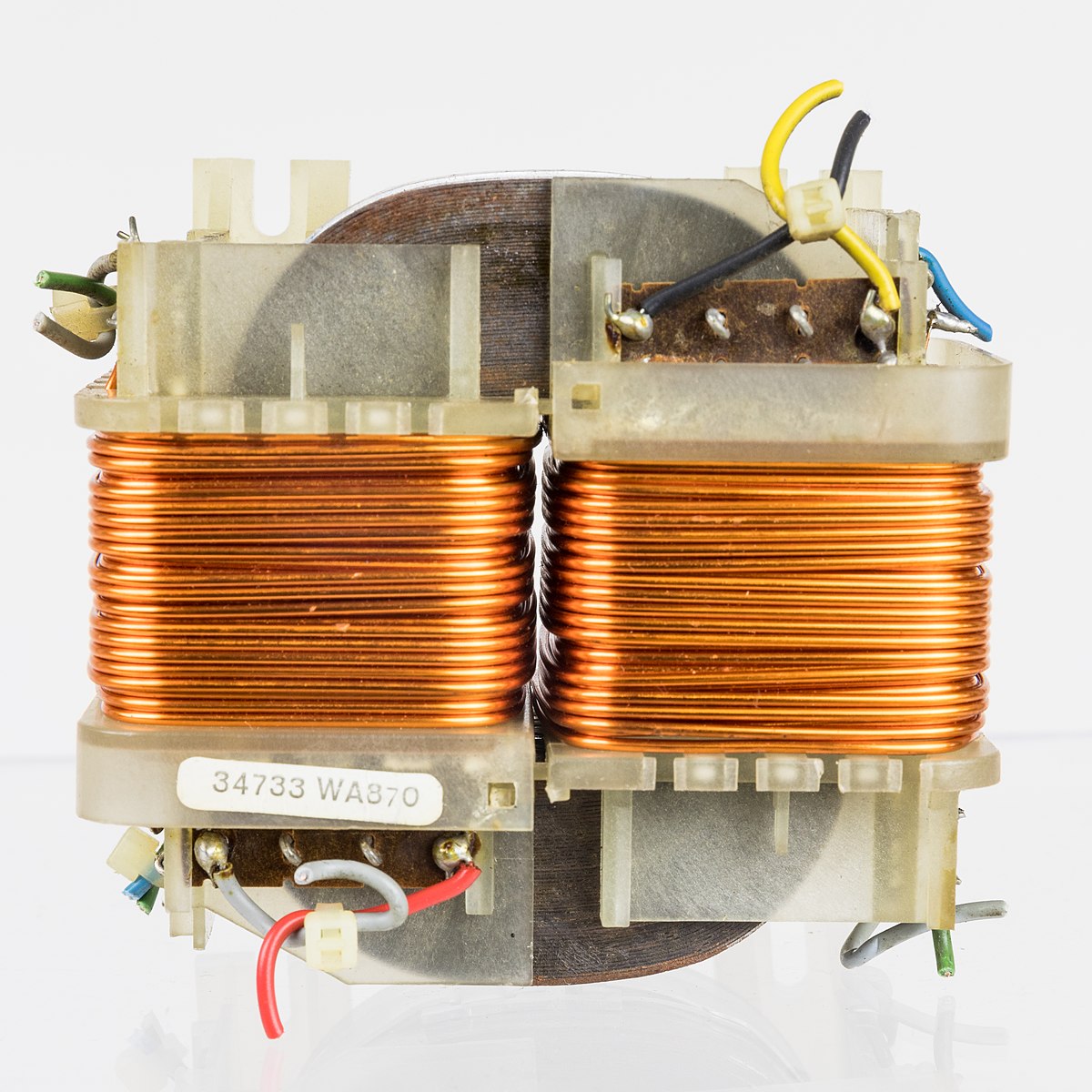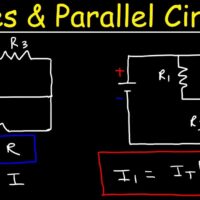A transformer is an electrical device that transfers electrical energy between two or more circuits through electromagnetic induction. It changes voltage levels to suit different applications.
Transformers play a crucial role in electrical systems. They are essential for efficient power distribution. By adjusting voltage levels, transformers help minimize energy loss during transmission. This ability makes them invaluable in both residential and industrial settings. They ensure electrical devices receive the appropriate voltage, enhancing safety and performance.
Transformers come in various types, each tailored to specific functions. For instance, step-up transformers increase voltage, while step-down transformers decrease it. Understanding their function and application is vital for anyone involved in electrical engineering or energy management. Proper use of transformers contributes to more reliable and efficient power systems.
The Rise Of Transformers
Transformers are machines that change electrical energy. They are important in our daily lives. They help us use electricity safely and efficiently. Let’s explore the history and technology behind transformers.
Historical Background
Transformers were invented in the 1880s. They were created to help with electrical power. Michael Faraday and Joseph Henry laid the groundwork. They discovered electromagnetic induction. Later, Lucien Gaulard and John Dixon Gibbs made the first practical transformer. Their design was improved by Nikola Tesla and George Westinghouse. This led to the widespread use of transformers.
Technological Evolution
Transformers have changed a lot since their invention. Early transformers were simple. They had basic components like a core and coils. Modern transformers are more advanced. They use high-quality materials and precise engineering.
Here are some key developments:
- Improved core materials
- Better insulation
- Advanced cooling systems
- Digital monitoring
These advancements make transformers more efficient. They also make them safer to use.
| Feature | Early Transformers | Modern Transformers |
|---|---|---|
| Core Material | Iron | Silicon Steel |
| Insulation | Paper | Advanced Polymers |
| Cooling | Natural Air | Oil, Air, Water |
| Monitoring | None | Digital Sensors |
Transformers today are smarter and more reliable. They help power modern cities and industries. The journey of transformers is a story of innovation and progress.

Credit: en.wikipedia.org
Core Components
Understanding the core components of a transformer is essential. These components ensure the transformer operates efficiently and safely. Let’s explore two primary components: windings and insulation, and magnetic cores.
Windings And Insulation
Windings are the coils of wire in a transformer. They carry the electrical current. There are two main types of windings:
- Primary winding
- Secondary winding
The primary winding is connected to the input voltage. The secondary winding delivers the output voltage. Proper insulation is crucial for safety and efficiency. Insulation materials prevent electrical short circuits. Common insulation materials include:
- Paper
- Oil
- Epoxy resin
Using high-quality insulation reduces energy loss. It also extends the lifespan of the transformer.
Magnetic Cores
The magnetic core is the heart of a transformer. It channels the magnetic flux. The core is made of ferromagnetic materials. These materials include:
- Iron
- Silicon steel
- Amorphous steel
The core helps in reducing energy loss. It also enhances the efficiency of the transformer. There are two main types of cores:
- Laminated core
- Toroidal core
The laminated core is made of thin steel sheets. These sheets are stacked together. This design minimizes energy loss due to eddy currents. The toroidal core has a donut-like shape. It provides better efficiency and lower noise.
| Core Type | Material | Advantages |
|---|---|---|
| Laminated Core | Silicon steel | Reduces eddy currents, cost-effective |
| Toroidal Core | Amorphous steel | High efficiency, low noise |
Choosing the right core type is vital. It impacts the transformer’s performance and durability.
Types Of Transformers
Transformers are vital in electrical systems. They change voltage levels to meet different needs. There are various types based on their applications and functions. Here, we explore the two main types: Power Transformers and Distribution Transformers.
Power Transformers
Power Transformers are used in transmission networks. They handle high voltage levels. These transformers are essential in long-distance power transmission. They ensure efficient power transfer with minimal losses.
Power Transformers are designed for high efficiency. They usually operate at full load. Their maintenance is crucial due to their significant role.
| Feature | Description |
|---|---|
| Voltage Levels | High (above 33 kV) |
| Application | Transmission Networks |
| Efficiency | Very High |
| Load | Full Load |
Distribution Transformers
Distribution Transformers are used in distribution networks. They convert high voltage to lower levels suitable for homes and businesses. These transformers ensure safe power delivery to end-users.
Distribution Transformers are designed for low voltage applications. They operate at varied loads throughout the day. Regular maintenance is also essential for these transformers.
| Feature | Description |
|---|---|
| Voltage Levels | Low (up to 33 kV) |
| Application | Distribution Networks |
| Efficiency | Moderate |
| Load | Varied Load |
Innovations In Design
Transformers have seen many changes in design over the years. New technologies have led to smarter, greener, and more efficient models. Let’s explore some of these amazing innovations.
Smart Transformers
Smart transformers are revolutionizing the power industry. They are equipped with advanced sensors and communication tools. These tools help in monitoring and adjusting power flow in real-time.
The benefits include:
- Improved reliability: Detect issues before they become problems.
- Energy efficiency: Optimize power distribution to reduce waste.
- Remote monitoring: Control and monitor from anywhere.
These features make smart transformers a valuable asset in modern power grids.
Eco-friendly Models
Eco-friendly transformers are designed with the environment in mind. They use biodegradable materials and energy-efficient technologies.
Key features include:
- Reduced emissions: Lower carbon footprint.
- Energy savings: Use less energy to operate.
- Recyclable materials: Easy to recycle at the end of life.
These transformers help in preserving natural resources and protecting the environment. They represent a significant step towards sustainable energy solutions.
Impact On Energy Efficiency
Transformers play a crucial role in energy efficiency. They transfer electrical energy between circuits. Enhancing energy efficiency in transformers reduces energy loss and costs.
Reducing Losses
Energy losses in transformers occur due to heat and resistance. Minimizing these losses is essential. Core losses and copper losses are the main types.
| Type of Loss | Cause |
|---|---|
| Core Losses | Magnetic field changes |
| Copper Losses | Electrical resistance in windings |
Using high-quality materials helps in reducing losses. Advanced designs also contribute significantly. Regular maintenance is crucial for optimal performance.
Optimizing Performance
Optimizing transformer performance involves several strategies. Load management is key. Ensuring transformers operate near their optimal load increases efficiency.
- Choose the right transformer size for the load.
- Regularly monitor transformer performance.
- Implement cooling systems to manage heat.
Smart technologies also enhance performance. Smart transformers adapt to varying loads. They offer real-time monitoring and adjustments.
Upgrading to high-efficiency transformers is beneficial. It reduces energy consumption and operational costs. Investing in efficient transformers pays off in the long run.
Applications In Modern Systems
Transformers play a crucial role in modern electrical systems. They ensure efficient power distribution and support various applications. This section explores their use in renewable energy integration and grid stability.
Renewable Energy Integration
Transformers help integrate renewable energy sources like solar and wind. They step up the voltage from solar panels or wind turbines. This process enables long-distance transmission of green energy.
Transformers also manage voltage fluctuations. Renewable sources often produce variable power. Transformers balance these changes to ensure a steady supply. They work with inverters to convert DC to AC power, making it usable for homes and businesses.
Here are some key points about transformers in renewable energy:
- Voltage Conversion: Step up or step down voltage levels.
- Fluctuation Management: Balance power variations.
- DC to AC Conversion: Work with inverters for usable power.
Grid Stability
Transformers enhance grid stability by maintaining consistent voltage levels. They protect the grid from overloads and power surges. This protection ensures reliable electricity delivery to consumers.
Transformers also help in load balancing. They distribute power evenly across the grid. This distribution prevents outages and ensures efficient energy use.
Here are some ways transformers contribute to grid stability:
- Voltage Regulation: Maintain steady voltage levels.
- Overload Protection: Safeguard the grid from power surges.
- Load Balancing: Distribute power evenly across the grid.
Transformers are vital for modern electrical systems. They support renewable energy integration and ensure grid stability.
Challenges And Solutions
Transformers are powerful tools in AI and machine learning. They offer great potential but face several challenges. This section explores the main hurdles and the solutions to overcome them.
Technical Hurdles
Technical hurdles can slow down transformer development. These include:
- Computational Power: Transformers need a lot of computing resources.
- Data Requirements: They require vast amounts of training data.
- Model Complexity: Transformers are highly complex models.
Solutions for these hurdles include:
- Optimized Algorithms: Use algorithms that use fewer resources.
- Data Augmentation: Create more data from existing datasets.
- Model Simplification: Simplify models without losing performance.
Regulatory Barriers
Regulatory barriers also pose challenges to transformers. These include:
- Data Privacy: Ensuring data privacy is crucial.
- Compliance: Adhering to different regulations in various regions.
Solutions for regulatory barriers include:
- Data Anonymization: Remove personal data to protect privacy.
- Standardized Protocols: Follow universal compliance standards.

Credit: www.space.com
Future Prospects
The future prospects of Transformers are exciting. The technology is rapidly advancing. New innovations are emerging. Market trends show promising growth. Let’s explore these prospects.
Emerging Technologies
Innovations in transformer technology are paving the way for new applications. The development of smart transformers is a game-changer. These transformers can monitor and manage energy flow.
- Smart transformers
- Self-healing transformers
- Solid-state transformers
Smart transformers use sensors and communication devices. They can detect faults and notify operators. This improves reliability and reduces downtime.
Self-healing transformers can repair themselves. This reduces maintenance costs and improves efficiency.
Solid-state transformers offer better control and efficiency. They are smaller and lighter. This makes them ideal for urban areas.
Market Trends
The market for transformers is growing. There is an increasing demand for energy-efficient solutions. This is driven by the need to reduce carbon emissions.
| Year | Market Size (in billion USD) |
|---|---|
| 2021 | 20 |
| 2022 | 23 |
| 2023 | 26 |
There is a growing investment in renewable energy. This is boosting the demand for transformers. Governments are supporting this shift. They are offering incentives for green technology.
Transformers are becoming more efficient. New designs use advanced materials. This reduces energy losses and improves performance.
The future of transformers looks bright. Emerging technologies and market trends are driving growth. The focus is on efficiency and sustainability. This will transform the energy landscape.

Credit: www.amazon.com
Frequently Asked Questions
What Is A Transformer In Machine Learning?
A transformer is a deep learning model introduced in 2017. It’s used primarily for natural language processing (NLP) tasks. Transformers leverage self-attention mechanisms for better understanding of context.
How Does A Transformer Work?
Transformers work using self-attention mechanisms to weigh the importance of each word. This allows the model to understand context better. They process input data in parallel, making them faster.
Why Are Transformers Important In Nlp?
Transformers are important because they handle long-range dependencies well. They excel in tasks like translation, summarization, and question answering. Their ability to understand context is unparalleled.
What Are The Components Of A Transformer?
A transformer consists of an encoder and a decoder. The encoder processes input data, and the decoder generates output. Both use self-attention mechanisms and feed-forward neural networks.
Conclusion
Understanding transformers is essential for harnessing modern AI advancements. These tools revolutionize industries, enhancing efficiency and accuracy. Embrace transformer technology to stay competitive and drive innovation. Stay updated with the latest trends to maximize potential benefits. Start leveraging transformers today to transform your business and achieve remarkable growth.




